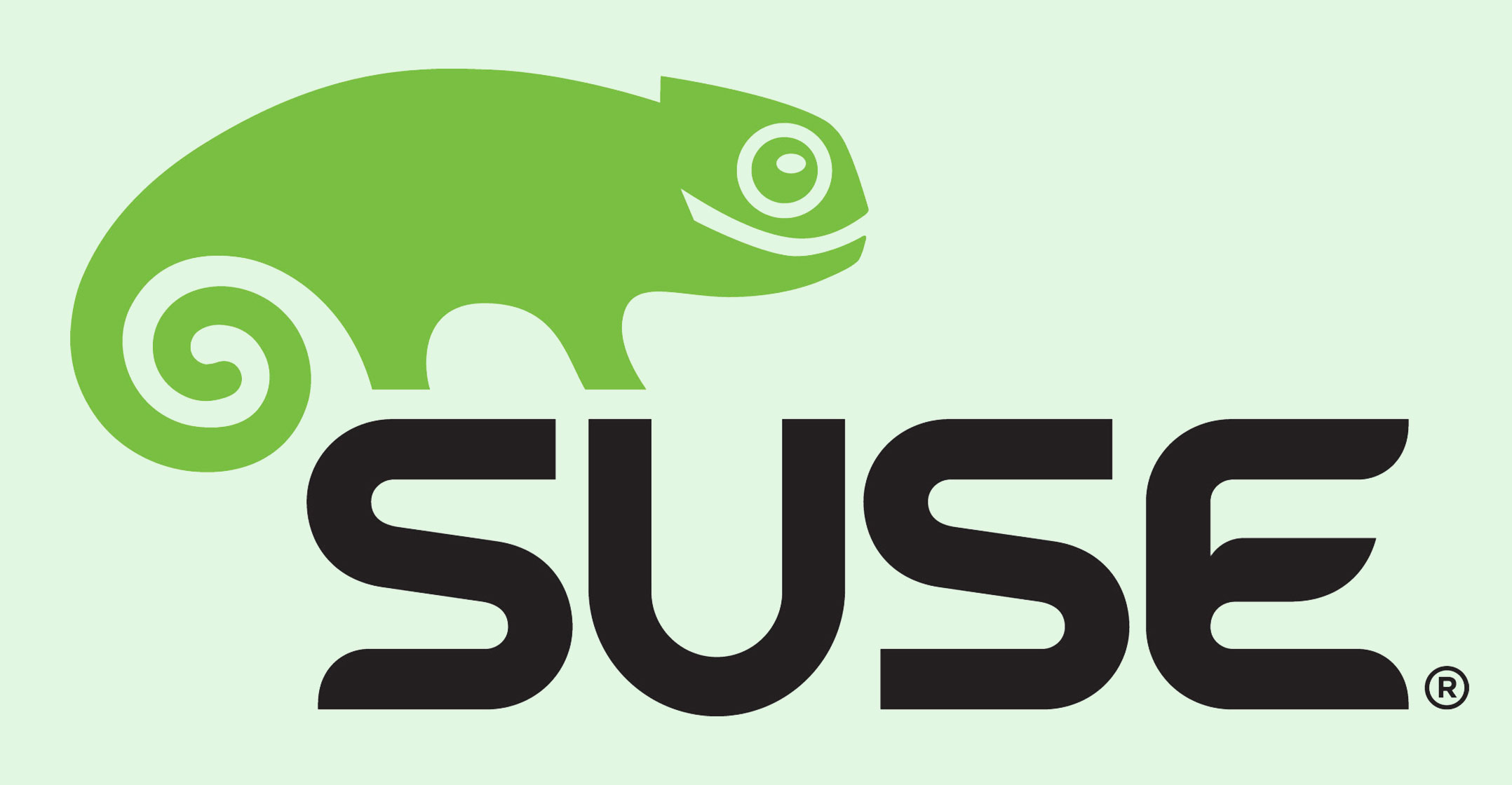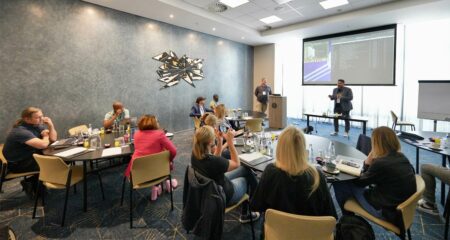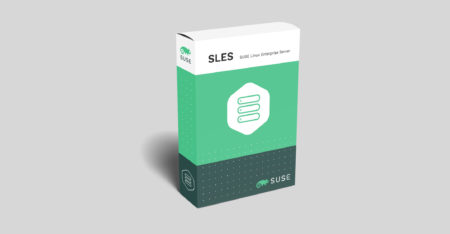 Every company that sells enterprise technology has a long list of alliance partners. It’s the way the industry works. But if you spend time with partner executives and sales teams, as I do, you notice that some talk about partnering while others really and truly put energy into building relationships and joint solutions.
Every company that sells enterprise technology has a long list of alliance partners. It’s the way the industry works. But if you spend time with partner executives and sales teams, as I do, you notice that some talk about partnering while others really and truly put energy into building relationships and joint solutions.
At Suse, we work very hard to be one of the latter. We’re committed to our partners and they in turn value our open open-source approach to business the same way they value working with an independent organisation that is motivated only by the success of its customers and partners. After all, partnering is at the roots of open source. It’s inherent in the word “community” and a part of our DNA at Suse.
Nothing is a better example of our embrace of partnering than our work with SAP. For 20 years we’ve worked closely with SAP, earning us a trusted role as SAP’s in-house implementation platform. We are a co-innovation partner, constantly working with SAP to give our joint customers the best.
In May, we announced a rework of Saptune. Saptune is a configuration tool that comes as part of Suse Linux Enterprise Server for SAP Applications. It can drastically reduce the time it takes to optimise a system for SAP workloads. Essentially, it automatically implements the recommendations of various SAP notes.
Customers and partners are approaching us with ideas and suggestions for Saptune all the time — our reworking of this valuable tool is a perfect example of the way we listen, partner and implement those suggestions.
SAP Data Hub is one of SAP’s most exciting offerings, and it promises to help organisations make the most of their data. It uses containerised components to ease management of data pipelines. But how do you implement SAP Data Hub most effectively? With another example of our partnering approach: Suse CaaS Platform and Ceph-based Suse Enterprise Storage give you a Kubernetes-based infrastructure and the complete stack you need to yield end-to-end data and analytics.
Alliance partners
Our SAP leadership isn’t just an example of how well we work with SAP, but of how well we work with our other alliance partners as well. Through our strong alliance partnership with Microsoft, we were the first to announce enterprise Linux for SAP Hana Large Instances on Microsoft Azure. SAP Hana Large Instances on Azure are purpose-built hardware configurations for SAP Hana workloads that require memory sizes larger than 0.5TB. SAP Hana implementations can become massive, but now we offer a solid foundation for the largest of systems. Learn more and see if you qualify for a free Azure credit, here.
We’ve also been working with Intel. At the start of the year, we announced support for Intel Optane DC persistent memory with SAP Hana. The Intel solution, currently available in beta from multiple cloud service providers and hardware vendors, can help move and maintain larger amounts of data closer to the processor to improve your SAP Hana experience. Suse Linux Enterprise Server for SAP Applications now supports this feature, another example of our dedication to partnering and to helping our customers.
When you use open source, you should get all the benefits of open source, and that includes a dedication to a vibrant partner ecosystem. As the largest independent open-source provider, Suse is motivated strictly by the success of its customers and partners. Check out any of the solutions mentioned above and you’ll see exactly that. — Written by Michael Miller, Suse
- This promoted content was paid for by the party concerned




